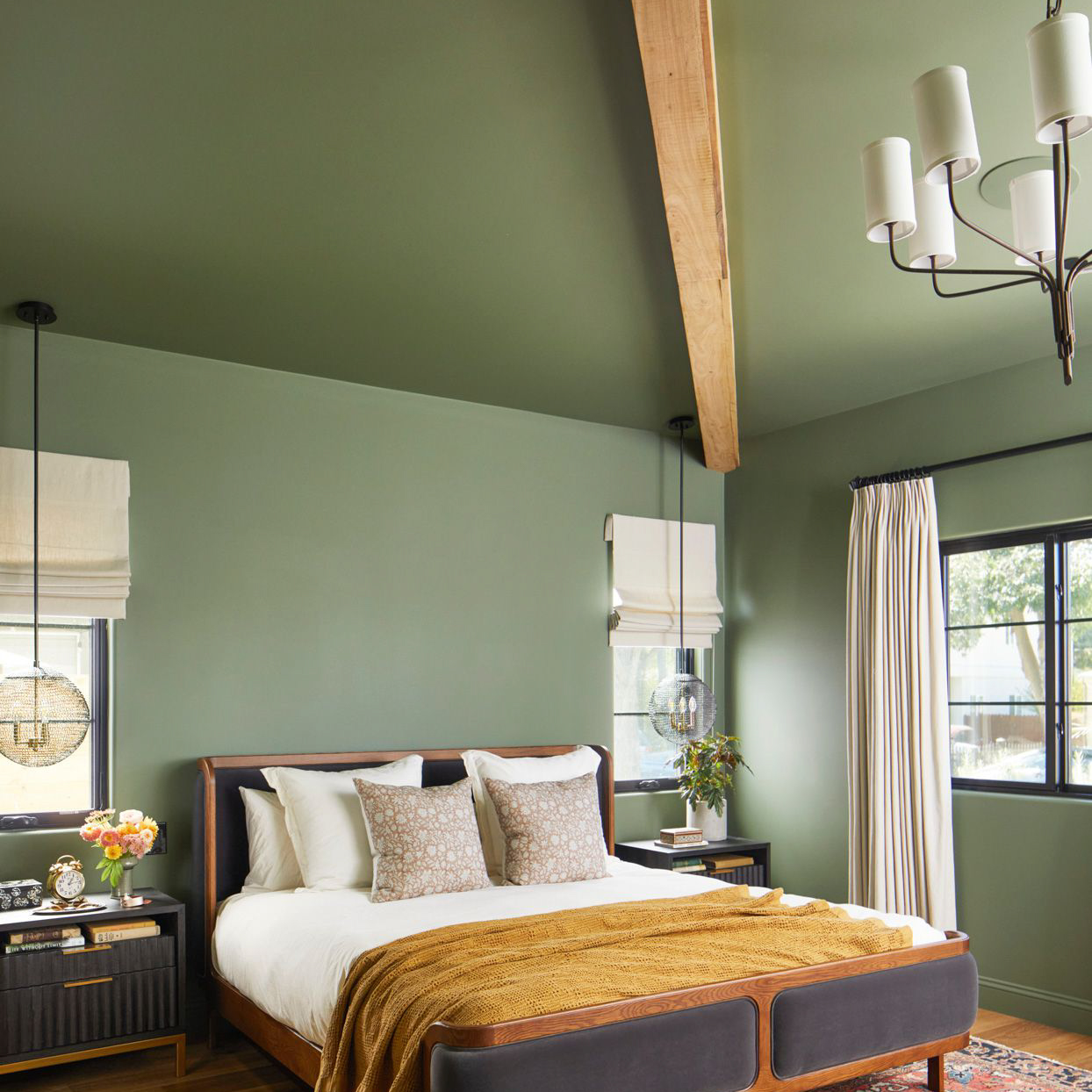A Short Introduction to George Nelson
George Nelson was an American industrial designer who made significant contributions to modern design in the mid-20th century. He was known for his innovative, functional and stylish designs that came to define the post-World War II era. Among his most iconic creations were the lamps he designed for the Herman Miller Company, which have become household names in the world of design.
The Story Behind the Lamps
In the early 1950s, the Herman Miller Company was looking for a new line of lighting products and George Nelson was tasked with designing them. The result was a series of lamps that were not only functional but also beautiful with a distinctive modern style.
The lamps were designed to be versatile, able to blend in with any decor and suit any purpose. They were inspired by the shapes and forms found in the natural world, from mushrooms to sunflowers, and were made using innovative materials and manufacturing techniques.
The lamps have gone on to achieve iconic status and are still in production today, more than 60 years after they were first designed.
The Design Features of George Nelson Lamps
One of the unique features of George Nelson lamps is their timeless design. They have a minimalist aesthetic that is both functional and beautiful, and they continue to look modern and relevant even today.
Another key feature of the lamps is their versatility. They are available in a range of sizes and shapes to suit any space and can be used in a variety of ways, from task lighting to ambient lighting.
The lamps are also built to last. They are made using high-quality materials that are designed to withstand the test of time and continue to function well for years to come.
The Legacy of George Nelson Lamps
George Nelson lamps have become an icon of mid-century modern design and have had a significant impact on the world of lighting and design. They continue to be popular today and are a testament to the enduring influence of Nelson’s designs.
The lamps are now considered collector’s items and are sought after by design enthusiasts around the world. They are also displayed in museums and galleries as examples of mid-century modern design.

